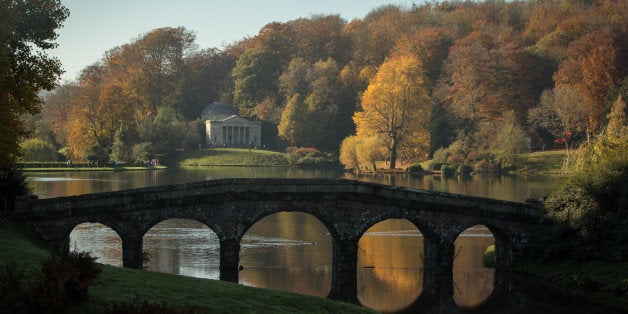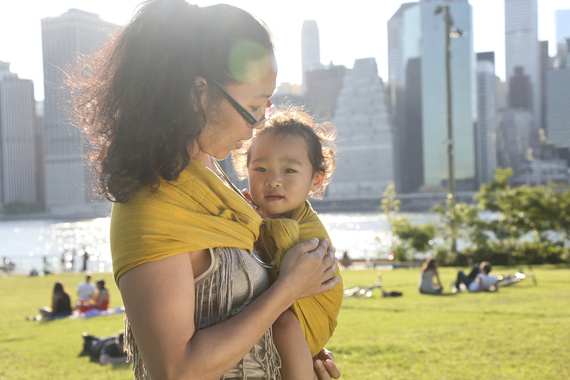
In just 35 years, it's estimated that six billion people, the equivalent of the world's entire population in the year 2000, will live in cities. With three quarters of humanity living in urban areas -- the largest migration in human history -- there will undoubtedly be major stress points. During this time, we'll have to reimagine the role cities play in an overburdened world.
The Nature Conservancy's Global Cities Program believes nature itself holds many of the solutions our future cities need. Ever-curious and backed by science, we aim to demonstrate the critical role nature can play in shaping our future cities to be more resilient, livable and flourishing.
Cities Need Nature

Photo by Jonathan Grassi for The Nature Conservancy.
Instead of employing patchwork fixes to our urban infrastructure woes, what if, we used natural systems to provide the means for cities to flourish? A sweltering summer in the U.S., Europe, and India has highlighted the growing risks faced by millions of urban residents. Excessive heat, poor air and water quality, increased flood risk and the loss of biodiversity are interconnected problems caused in large part by inadequate urban planning and investment, and exacerbated by the impacts of climate change.
Incorporating nature into our urban planning holds the promise to make cities more resilient, more livable, and ultimately flourishing places.
Resilient
A combination of traditional gray and natural green infrastructure can mitigate some of cities' biggest challenges such as urban heat, poor air quality and stormwater management. These solutions can help ensure that cities are resilient to the many tests of climate change.
In places like Louisville, Kentucky, New York City, and Houston, Texas, for example, the Conservancy and our partners are exploring what planting trees in and around cities can do to address the public health problems of heat and air quality and to improve living conditions. In other cities, such as Miami, the Conservancy is exploring natural solutions to protect urban areas from storms and sea level rise.
Livable
Cities must be places where people actually want to live, not just have to live. In fact, many mayors consider themselves Chief Recruitment Officers, attracting diversity and talent to their cities. By investing in more opportunities to create space for nature in and around cities, residents can gain access to cooling green spaces, improved air quality and cleaner sources of water. It is possible to improve the quality of life for the millions of people living in cities today, and for years to come.
Flourishing
Ultimately, we want to reimagine what a city can be - to go beyond making just them "less bad," and to figure out how to make them "more good." Imagine a city that grows its own food, or that is a part of one big biodiversity network. Imagine a city where nature-based solutions can help people flourish in terms of their own mental and physical health and wellbeing and productivity.
Nature Also Needs Cities
The relationship between nature and cities is a two-way street. Nature also needs cities and here's why:
In my children's lifetime, 75 percent of the world is going to be living in cities. That means that we run the risk that the vast majority of the world's citizens and future leaders could have very limited, if any, access to nature in their daily lives. By growing even more disconnected from nature, people would lose their understanding of its importance and struggle to be its advocates.
We have to make sure that people who live in cities understand how important nature is to their everyday lives, because that will impact how those cities manage their surroundings, and ensure that a generation doesn't lose its love for the environment.
For these reasons, we must explore together the potential for the future city to more seamlessly integrate natural systems into its collective heartbeat.
Pascal Mittermaier is the Global Managing Director for Global Cities at The Nature Conservancy. You can follow Pascal on Twitter @PascalMitter. This piece was originally published at: http://goo.gl/k4PRSP
